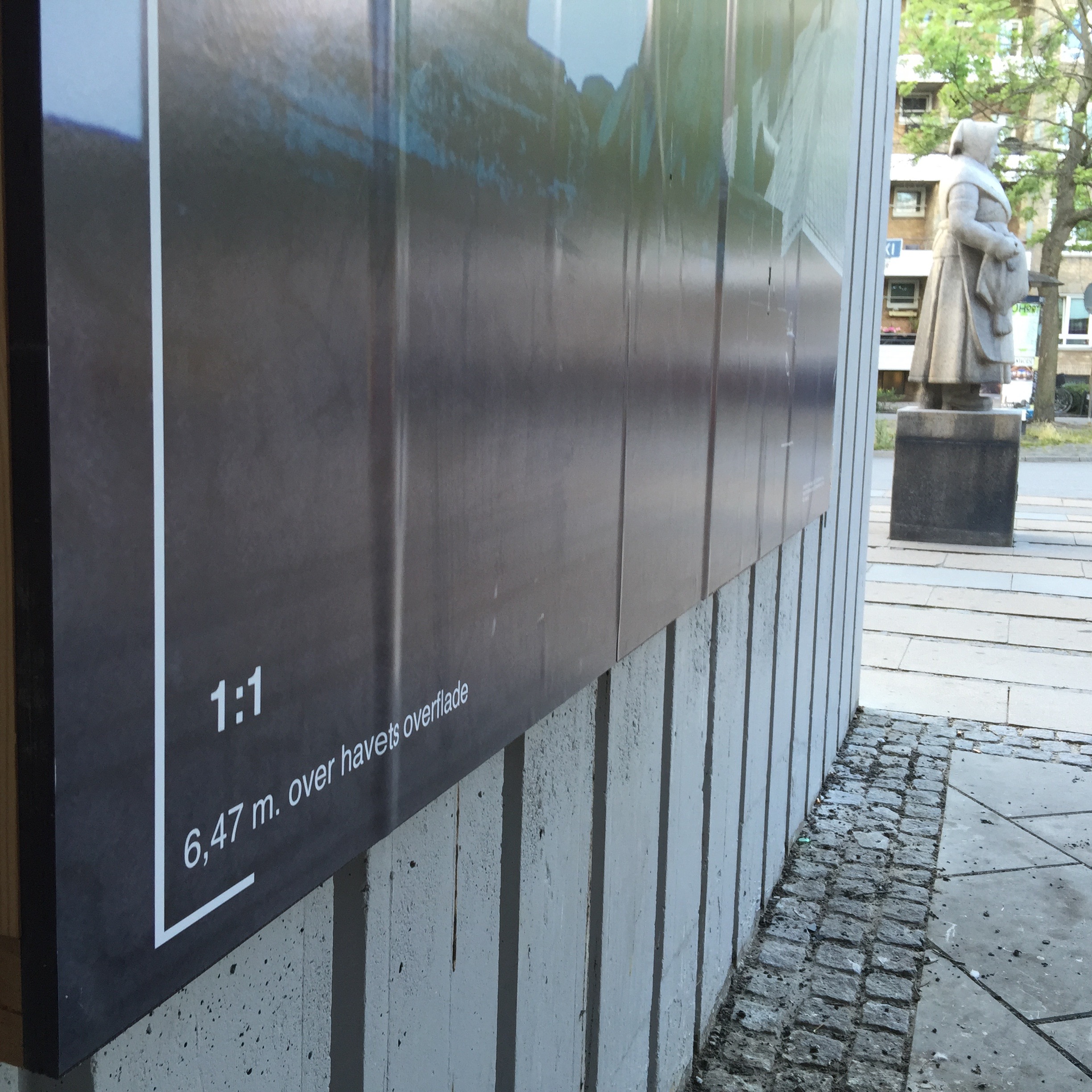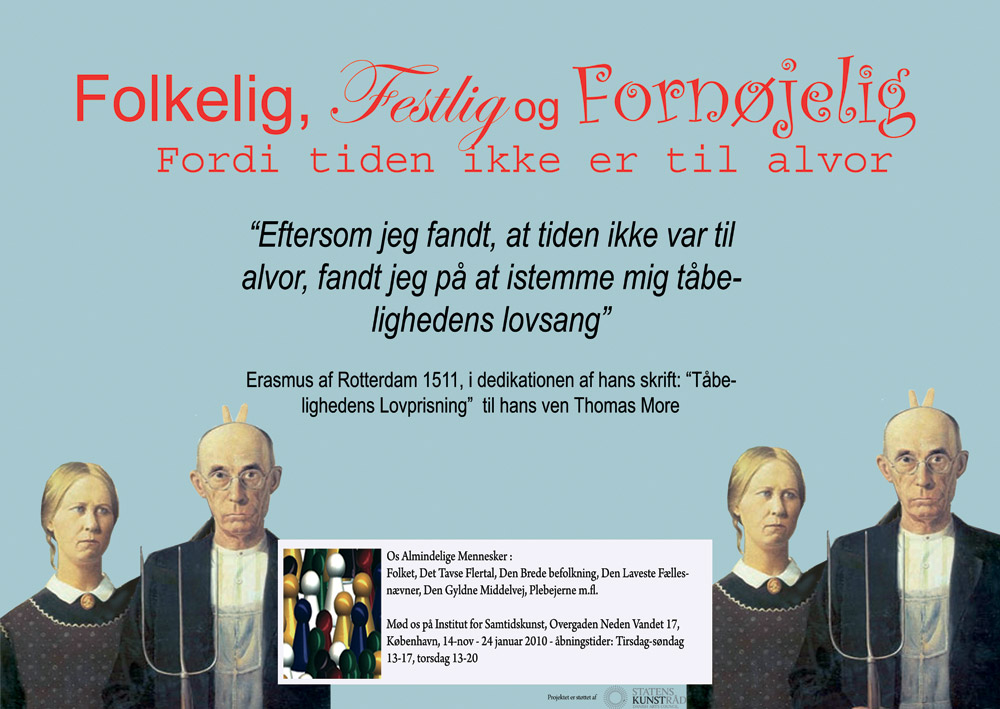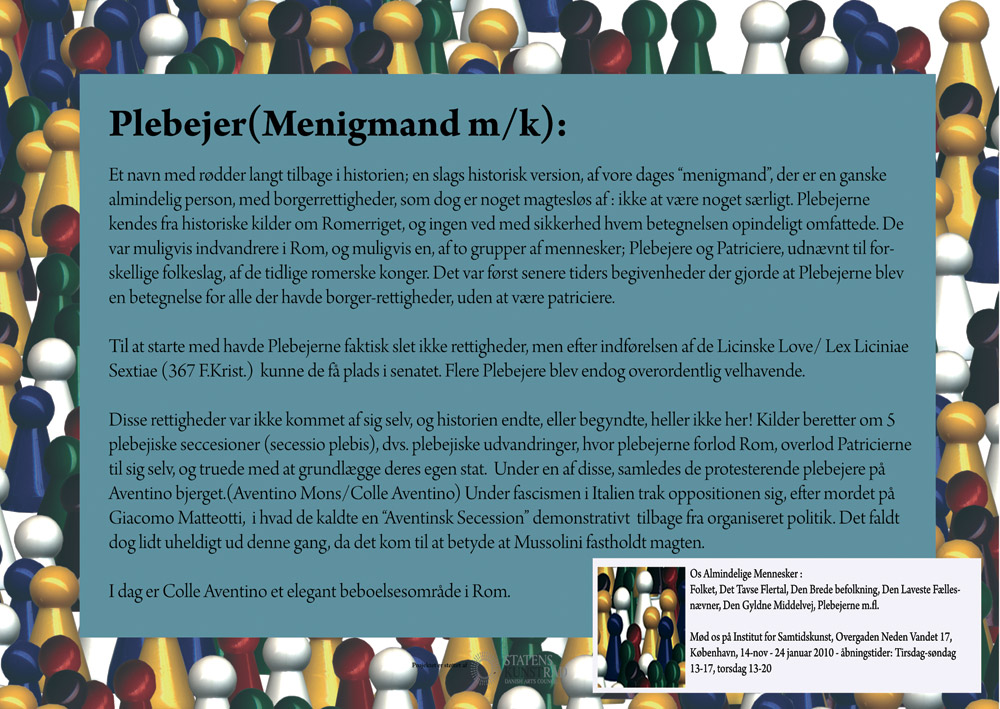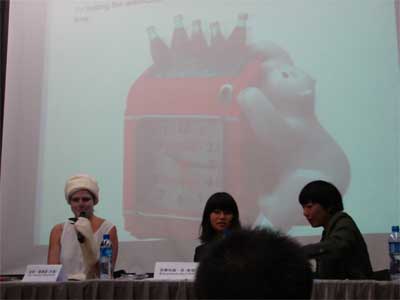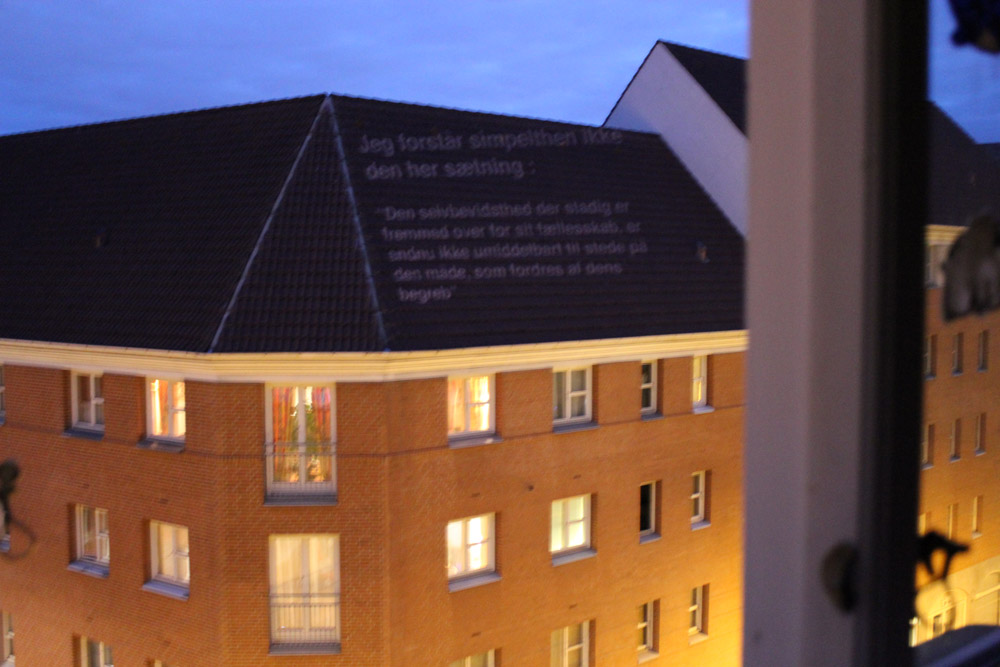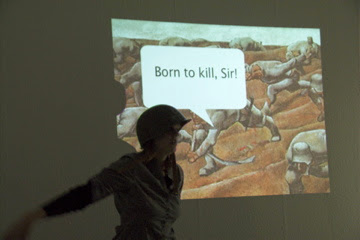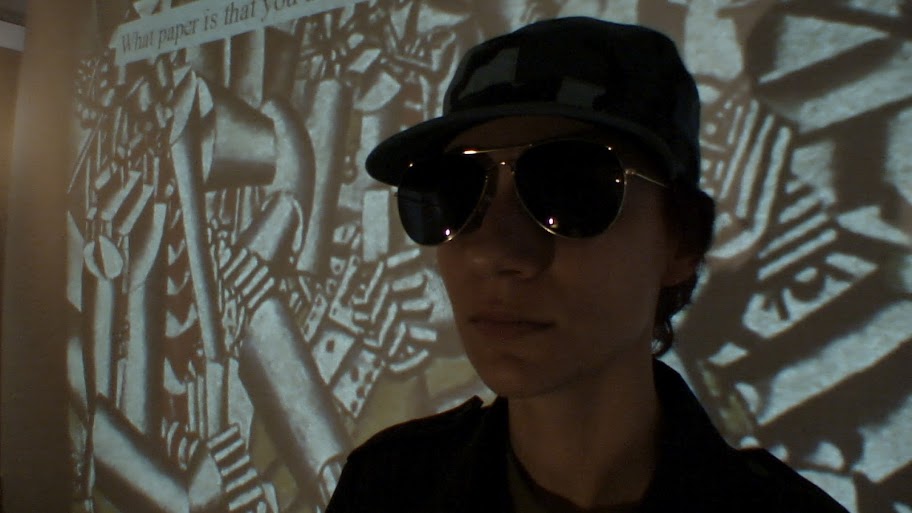
Letters delivered door to door in the local area of a show at ”Overgaden” house of contemporary art, in Copenhagen, and spam-mailed to as many people as possible during the show ”work, work work” in the winter 2006. The answers were many, and varied, from just as selfrighteous as myself, to ironic and joking, to encouraging and apologizing.
The following letters were delivered door to door in the local area of a show at ”Overgaden” house of contemporary art, (publicly funded) in Copenhagen, and spam-mailed to as many people as possible during the show ”work, work work” in the winter 2006. The answers were many, and varied, from just as selfrighteous as myself, to ironic and joking, to encouraging and apologizing.
(scroll down for the original danish text)
Letter #1
Christianshavn. 16.01.06
Hello.
I would like to direct your attention to the unfortunate tendency, that people do not come to see my shows. I don’t think that it is just my personal problem, and I know of several of my colleagues who are experiencing the same thing.
Now, once again, I have to try, directly and personally to contact each and everyone of you. I mean, when you think about it, it should really not be that hard. Seing that I am only one person, and that I must now contact all of you one by one, it would have been much cheaper, better and more efficient if each and everyone of you made the little effort it takes to come over, all by yourself. After all that is what shows are for- For artists to say something to oere people than they know personally without having to say the same thing a million times. As it is now, I feel that I am wasting valuable time that could have been spent on making better art.
As a matter of fact I also think it is weird that you don’t come when, thinking of it, you actually paid for it yourself somehow. I mean, not that it is a lot of money, but it just seems crazy, like maintaining a national church that no-one uses, just to make sure that there is some spirituality left in society. Imagine a society that stored loads and loads of spirit without having the energy to practise it. No one would accept that I think! (In Denmark we have a publicly funded state church)
It is not the first time this has happened. If things stay this way, I may consider stopping completely. Then it will be interesting to see if you can do it better by yourself!
Well. Now I have this show at “overgaden”. It opens this sunday, the 21st of January. I think you should come this time.
Regards!
Ulla Hvejsel/ Artist
ulla@realpolitik.dk
The adress for the show is :
OVERGADEN – INSTITUT FOR SAMTIDSKUNST/
Overgaden neden Vandet 17 • DK-1414 København K • +45 32 57 7273
Letter # 2
Christianshavn. 02.01.06
Hello again
I wrote to you a couple of weeks ago about this show at Overgaden.
It is possible that i was a bit harsh in my critique, I am sorry about that. It is just so frustrating to be in a trade where there is no visible evidence of appreciation of the work I do. I guess I would like to have some friendly acclaim for my work, just occasionally. It is like discovering that the one sport you are good at is not recognized by the olympic comittee.
Obviously, you should only come if you find that it is in some way worth the trip. but I think it would be fair of you, if you, just for a moment will look past your own immediate idea of what you like and do not like. That is the least you can do after all the work I have done because I thought you would agree with me, that it could be fun if I showed you what it is I do.
Regards
Ulla Hvejsel, Artist
ulla@realpolitik.dk
The address of the show is still
OVERGADEN – INSTITUT FOR SAMTIDSKUNST/
Overgaden neden Vandet 17 • DK-1414 København K • +45 32 57 7273
Letter #3
Christianshavn. 20.02.06
Hi, it is me again.
About this show at Overgaden. I do not want to mention any names, but I have noticed that there is still some of you who haven’t been to see it yet. I know that some of you probably have reasonable excuses, and I don’t want to judge you, but I hope that you will find some last minute time to see it.
The show closes down this coming Sunday.
Best
Ulla Hvejsel, Artist
ulla@realpolitik.dk
The adress of the show is: OVERGADEN – INSTITUT FOR SAMTIDSKUNST
Overgaden neden Vandet 17 • DK-1414 København K • +45 32 57 72 73
DANSK
Følgende brev blev husstandsomdelt omkring ”Overgaden” og mailet til så mange som muligt i forbindelse med udstillingen ”Arbejde arbejde arbejde” i vinteren 2006.
Brev 1:
Christianshavn. 16.01.06
Hej
Jeg synes der er en uheldig tendens til at folk ikke kommer til mine udstillinger. Jeg tror ikke bare det er mig, jeg ved at flere af mine kolleger har oplevet det samme.
Nu må jeg så igen forsøge, direkte og personligt at kontakte hver enkelt af jer. Når man tænker over det, så burde det altså ikke være så svært. I forhold til at jeg, som kun er en, nu bliver nødt til selv at kontakte hver enkelt af jer, så ville det være både billigere, smartere og mere effektivt hvis i hver især gjorde jer den ret overkommelige anstrengelse at komme af jer selv. Det er jo derfor man har opfundet udstillinger. For at man på en overskuelig måde kan sige noget til flere mennesker end dem, man lige har i sin egen bekendtskabskreds. Som det er nu, føler jeg lidt, at jeg spilder tid, der kunne være brugt på at lave nogle bedre værker.
Det er også bare underligt at I ikke kommer når man tænker på, at I faktisk selv i en eller anden forstand har betalt for det. Ja altså ikke fordi det er alverden, men det virker jo forrykt, at I så ikke bruger det til noget. Det svarer vel til at holde en kirke som man alligevel ikke benytter sig af, sådan bare for at bevare noget åndelighed. Forestil jer et helt samfund der opbevarede ånd uden at gide at praktisere den. Det vil ingen vel kunne acceptere.
Det er jo ikke bare en gang det her er sket. Jeg har det sådan nu, at hvis det bliver ved på den måde så kan det godt være, at jeg helt lader være. Så må I jo se om I kan gøre det bedre selv!
Nu har jeg en udstilling på noget der hedder Overgaden. Den starter Lørdag d. 21. Januar. Jeg synes I skal komme den her gang.
Med venlig hilsen
Ulla Hvejsel
Billedkunstner
ulla@realpolitik.dk
Adressen på udstillingen er:
OVERGADEN – INSTITUT FOR SAMTIDSKUNST/
Overgaden neden Vandet 17 • DK-1414 København K • +45 32 57 7273
